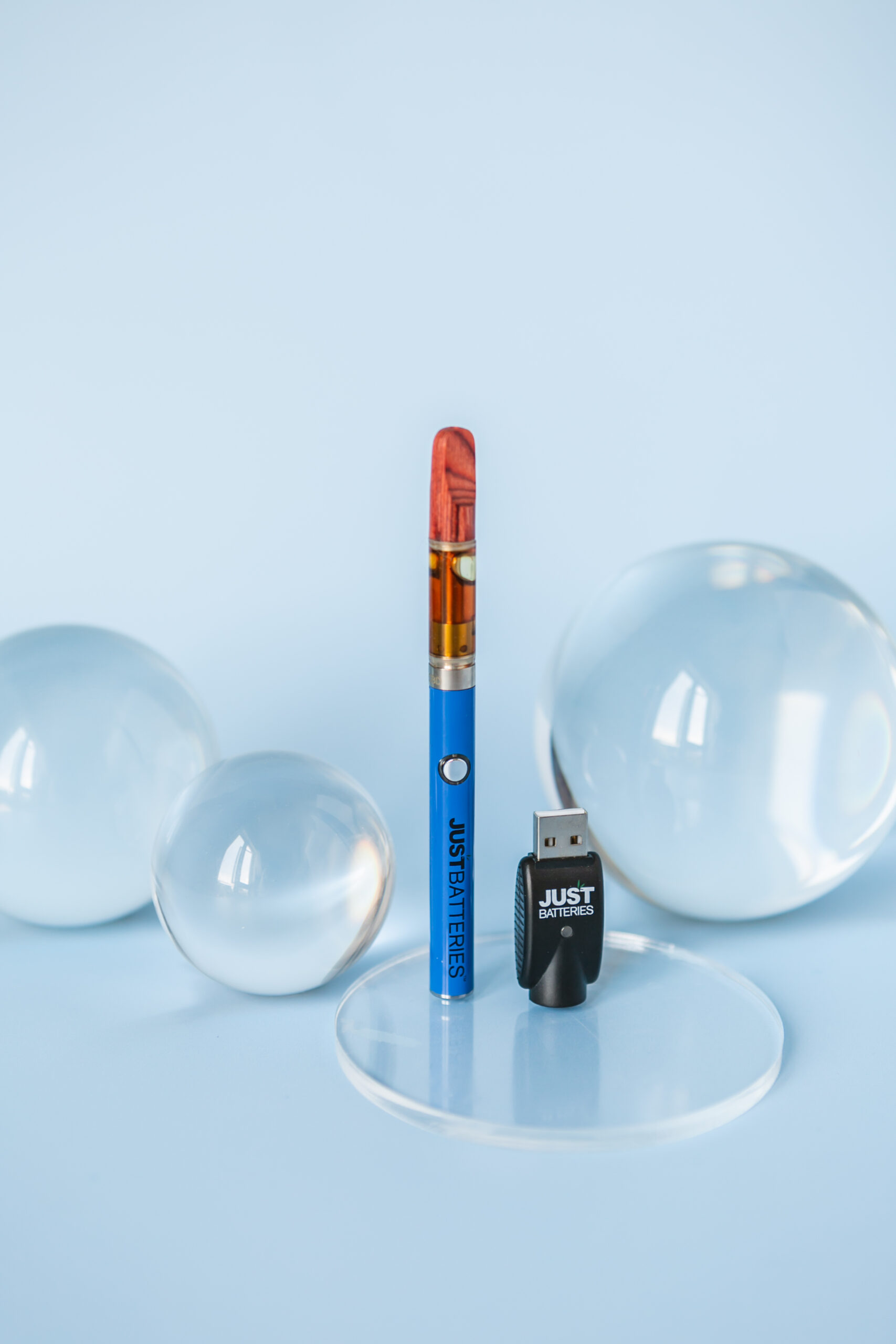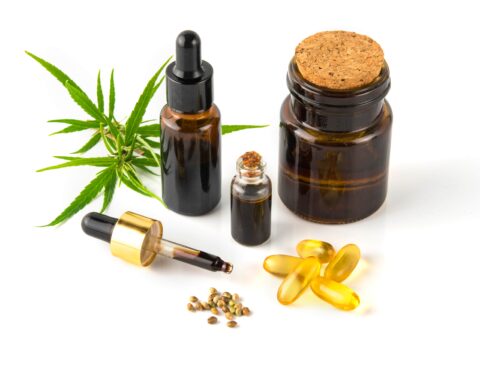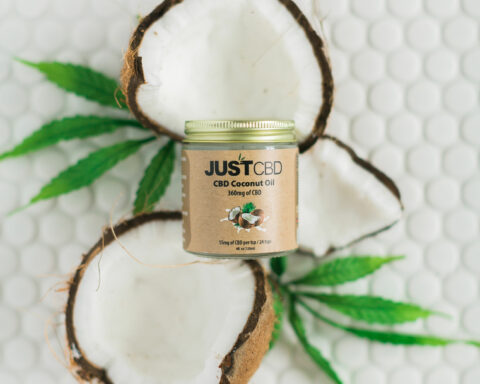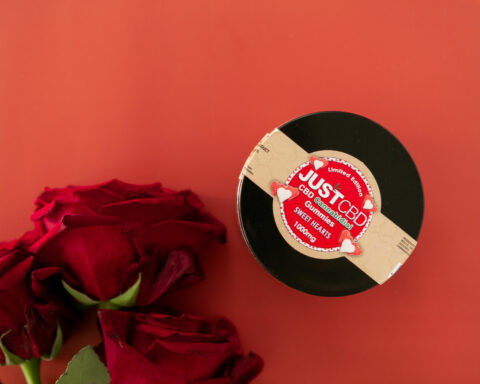What is the difference between vapes, tinctures, topicals, and edibles? What is the composition of these products, and which is the most effective product? Which is the best way to consume each of the products? This article explains some of the different CBD products and the best way that an individual needs to consume these products.
Since the inception of the Farmers Bill in 2018, the CBD industry has seen an explosive growth of products being churned out every year. Most of these products are claimed to have numerous health benefits for your body, but which is the right form of CBD for you?
Cannabidiol, CBD, is a phytocannabinoid compound that interacts with the body through endocannabinoid receptors, specifically CB1 and CB2 receptors. The ECS is a neuromodulatory system spread out in the body that works with the central nervous system to alter various body functions such as altering pain perception, reducing anxiety, promoting sleep, and reducing the effects of inflammation. CBD is mainly extracted from leaves, flower petals, and buds and stems of hemp in the form of oils. These oils are then converted to the more common forms of CBD products such as tinctures, topicals, edibles, and vapes administered in the body. This article specifically discusses edibles, topicals, tinctures, and vapes.
CBD Edibles
Edibles are any substances taken orally to administer a foreign substance in the body. These can be food particles or capsules and tablets taken via the mouth. Zenone et al. (2021) explained that CBD edibles could be classified as either food substances or tablets or capsules infused with CBD. Food edibles include cookies, cakes, gummies, and lollipops infused with CBD. Gummies and cookies are the most common forms of food-related edibles. Gummies, for instance, are mostly made with small doses of between 5 mg and 10 mg of CBD and can be carried around and taken whenever one needs. Cookies and cakes infused with CBD are mostly savored with other meals or can be taken alone before or after a meal as either a dessert or an appetizer. They may carry more potency than their gummy counterparts but are mostly sold in measured quantities to avoid overdosing on CBD. Once ingested, the edibles are digested in the gut and then taken to the liver for further processing. This process reduces edibles’ bioavailability, which has a very wide fluctuation in the blood. However, edibles provide a long-lasting source of CBD effects for the user. Edibles can begin to take effect after two or four hours but can last from six hours to eight hours, thus being a reliable long-term source of CBD.
CBD Topicals
Topicals are any substance applied directly on the skin to administer any foreign substance to the dermal layer of the skin. These can range from ointments, lotions, creams, balms, and oils applied on the skin to deliver essential oils, medicines, or CBD. Casiraghi et al. (2022) explained that CBD topicals are becoming popular, especially in the beauty industry, as they have numerous benefits for the skin. The skin is an outer body organ and the first form of defense for our body from foreign body substances. As such, they incur the most damage frequently. The skin has numerous endocannabinoid receptors out in the body and is responsible for interacting with CBD. CBD binds to these receptors directly to alter the body’s functions. As such, topical application does not rely on the bloodstream to deliver CBD to the affected area, they directly interact with the receptors in the affected area. In addition, they don’t incur the risk of interacting with other medications. This makes them especially desirable for athletes who may use them after workouts to provide relief for the muscles and joints. It also promotes quick recovery through vasodilation of blood vessels to increase blood circulation in the body. CBD topical dosages vary, but one fingertip of these creams or lotions is usually enough to take effect.
CBD Tinctures
A tincture is a concentrated herbal extract created by soaking plants in a liquid, in this case, hemp plant without the seeds, often high proof alcohol, to dissolve minerals and essential oils. Over time, the solution becomes infused with plant extracts, and when the herbs are filtered out, you obtain a strong, ingestible tincture. The solvent used to produce tinctures has varied over time, but the basic process has not. Compared to other popular CBD products such as CBD chocolates and lotions, tinctures have incredibly high bioavailability, making them easy for the body to absorb. CBD edibles, such as candy or cookies, have lower bioavailability since the body must absorb both the CBD and the components used to manufacture the product. A tincture can be consumed in two ways. After squeezing the liquid into the dropper, you may apply it beneath your tongue (known as sublingual administration) or massage it on your skin. People who want to treat arthritis, tendinitis, joint pain, and muscular soreness usually utilize the latter technique. Still, those who want to use CBD for other purposes may take it orally. One main advantage of tinctures is that they take a relatively short time. This may range with individuals, but sublingual administration should take effect after four or five minutes. However, the effects are not as long-lasting compared to other methods such as edibles. Tinctures may last between three to four hours or less depending on other factors such as body weight.
CBD Vapes
Casey & Kraynak (2019) stated that cannabidiol (CBD) vape oil is an oil-based liquid containing cannabidiol (CBD). It’s made to be utilized in personal and portable vaporizers. The process of vaporizing watery or oily substances into a vapor state so that they may be inhaled is called vaporization. Many various types of liquids may be vaporized, but CBD vape oil is one of the most well-known. Because raw CBD oil is quite thick, it’s frequently combined with oil “bases” in vape juice. Guo et al. (2020) explained that Propylene glycol (PG) and vegetable glycerin (VG) are commonly used in CBD vape oil because they mix with viscous cannabidiol extract. PG is a synthetic oil extensively used as a food additive and may be found in practically all types of foods. One of the most significant advantages of utilizing a good CBD vape is quick-acting. Unlike other products such as sublingual oils or pills, vape devices provide near-instantaneous exposure to cannabidiol via gas exchange in the alveolar membrane.
Conclusion
There are various CBD products available, including vapes, tinctures, edibles, and topicals. CBD vapes and juices are mostly inhaled after vaporizing the juice or oil under low-medium heat. This provides an instant effect in the body, although not that long-lasting. CBD edibles are consumed orally and include cookies, cakes, and gummies. These have a lower bioavailability, although they offer the longest-lasting effects of CBD. Tinctures are made by suspending CBD oils in high alcohol-proof solutions. They are the second-fastest delivery method and can be administered sublingually, topically, and orally. CBD topicals are applied directly on the skin and offer localized relief. They are useful for athletes and patients with skin-related issues.
References
Casiraghi, A., Musazzi, U. M., Centin, G., Franzè, S., & Minghetti, P. (2020). Topical administration of cannabidiol: Influence of vehicle-related aspects on skin permeation process. Pharmaceuticals, 13(11), 337.
Casey, K. R., & Kraynak, J. (2019). Cannabis for Dummies. John Wiley & Sons.
Guo, W., Vrdoljak, G., Liao, V. C., & Moezzi, B. (2021). Major Constituents of Cannabis Vape Oil Liquid, Vapor, and Aerosol in California Vape Oil Cartridge Samples. Frontiers in Chemistry, 9.
Zenone, M. A., Snyder, J., & Crooks, V. (2021). Selling cannabidiol products in Canada: A framing analysis of advertising claims by online retailers. BMC public health, 21(1), 1-10.
- WHY CAN DRINKING ALCOHOL TRIGGER ANXIETY? - January 7, 2023
- WHAT IS ORGASMIC MEDITATION? BENEFITS + HOW TO - January 7, 2023
- THE BEST WAYS TO PREVENT WEIGHT GAIN THIS WINTER - January 6, 2023









